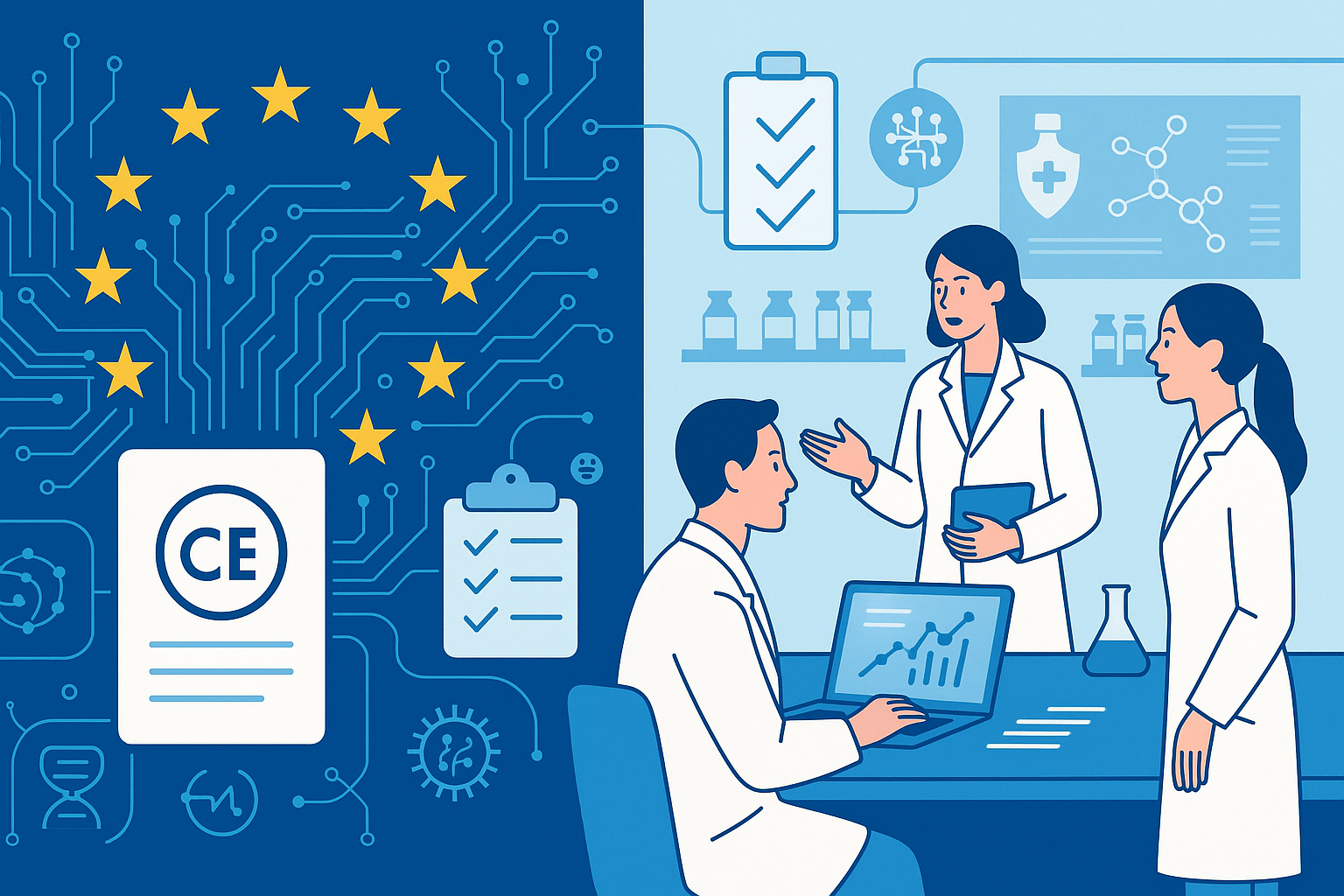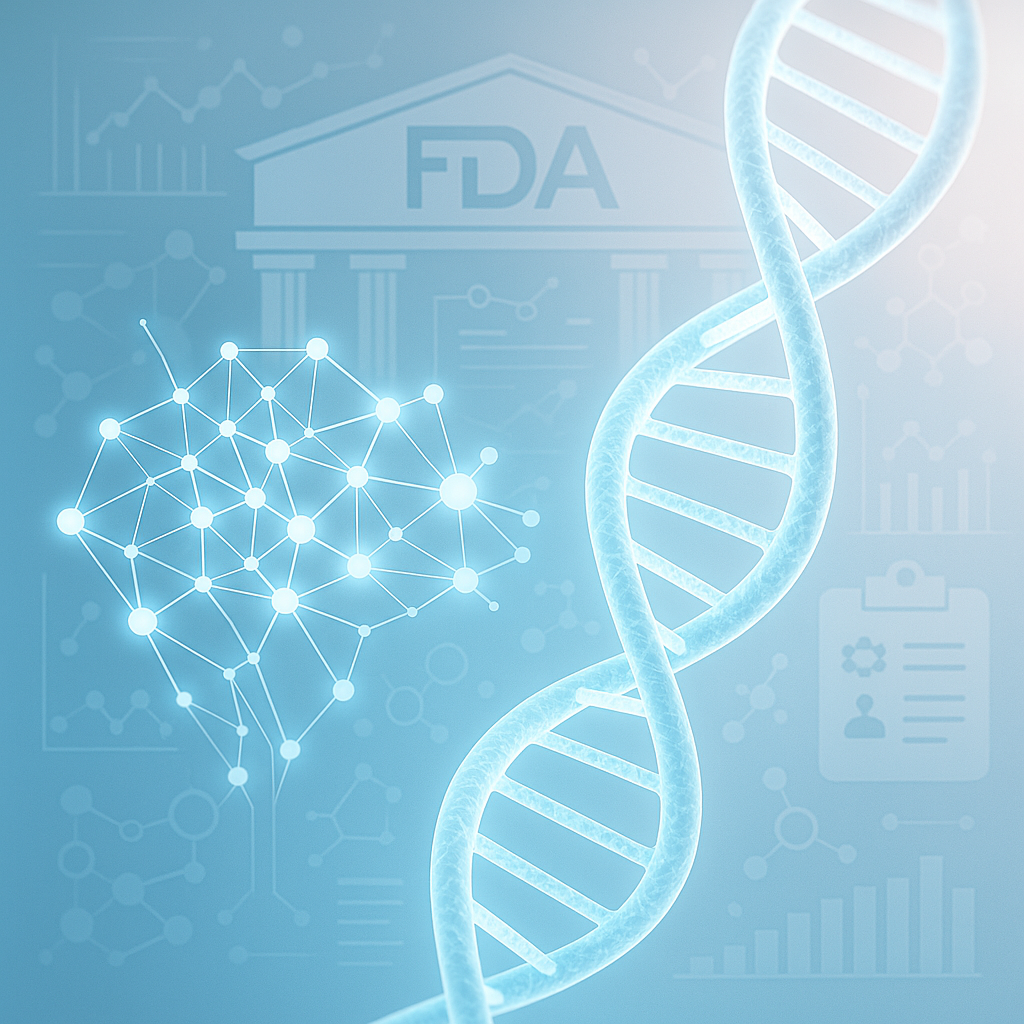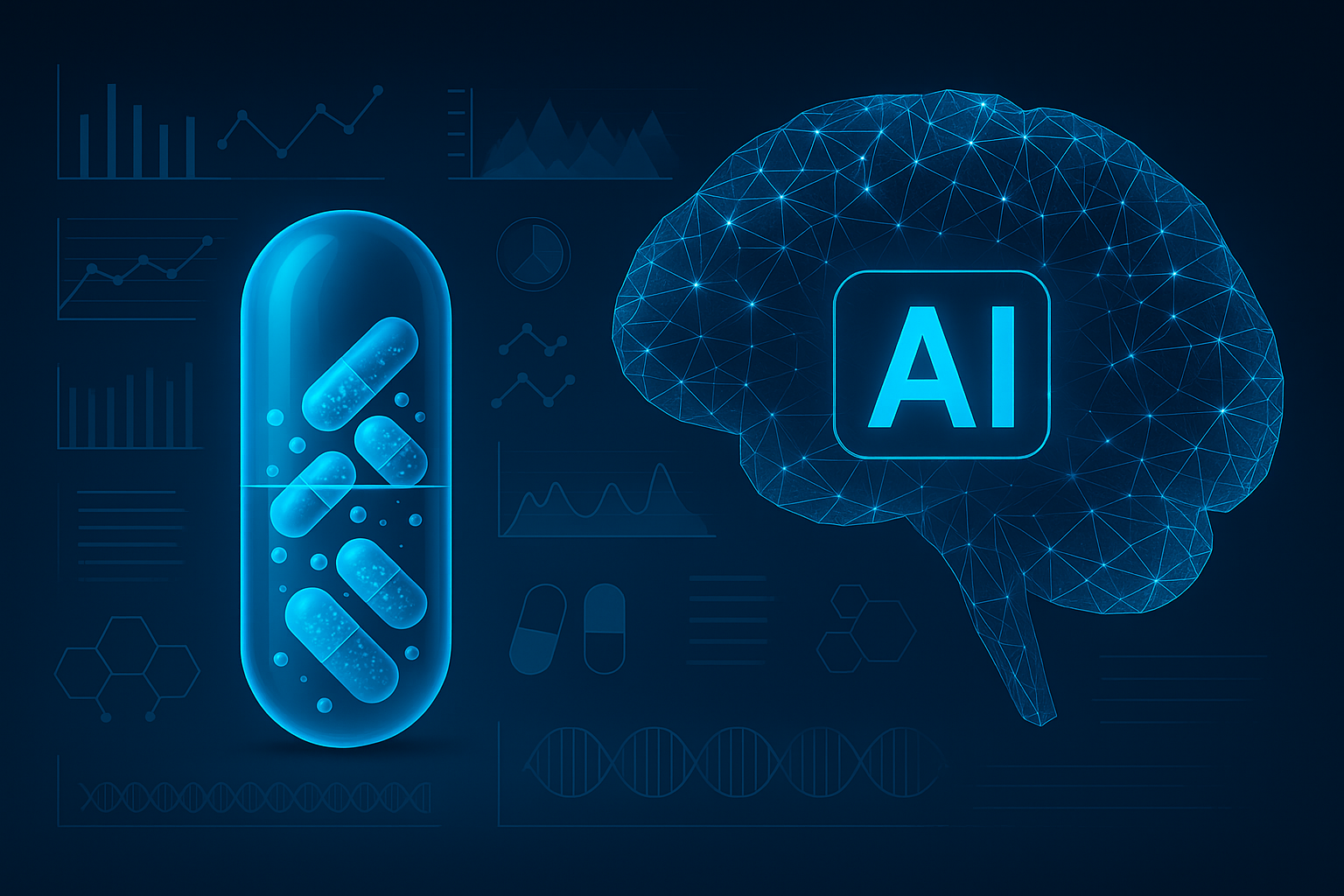Latest posts
-
AI-Designed Antibiotics: What Gonorrhoea and MRSA Breakthroughs Mean for Pharma R&D
AI-Designed Antibiotics are no longer science fiction — they are here. In a landmark MIT study published in Cell, generative AI created two novel compounds capable of killing drug-resistant gonorrhoea and MRSA in laboratory and animal tests. This achievement not only demonstrates the power of AI in antimicrobial research but also signals a potential turning…
-
The EU AI Act and Pharma Compliance: What Life Sciences Companies Need to Know

The EU AI Act is reshaping how pharmaceutical and life sciences companies develop and deploy AI — from clinical trials to diagnostics. As the world’s first comprehensive AI regulation, it introduces strict rules around risk classification, human oversight, and audit trails. If your company is building AI-powered tools or seeking approval in the EU and…
-
FDA’s 2025 Draft Guidance on AI in Drug Development: What It Means for Biopharma

AI in drug development is rapidly transforming how therapies are discovered, tested, and submitted for approval—but until now, regulatory guidance has struggled to keep up. That changed in January 2025, when the U.S. Food and Drug Administration (FDA) published its first-ever draft guidance focused on the use of AI to support regulatory decision-making in the…
-
AI in Drug Discovery: Solving the Industry’s Most Critical Challenges

AI in drug discovery is transforming how pharma tackles delays, cost, and failure rates. Drug discovery is one of the most resource-intensive and high-risk processes in the life sciences industry. Despite decades of innovation, it still takes 10 to 15 years and billions of dollars to bring a single new drug to market. With more…
